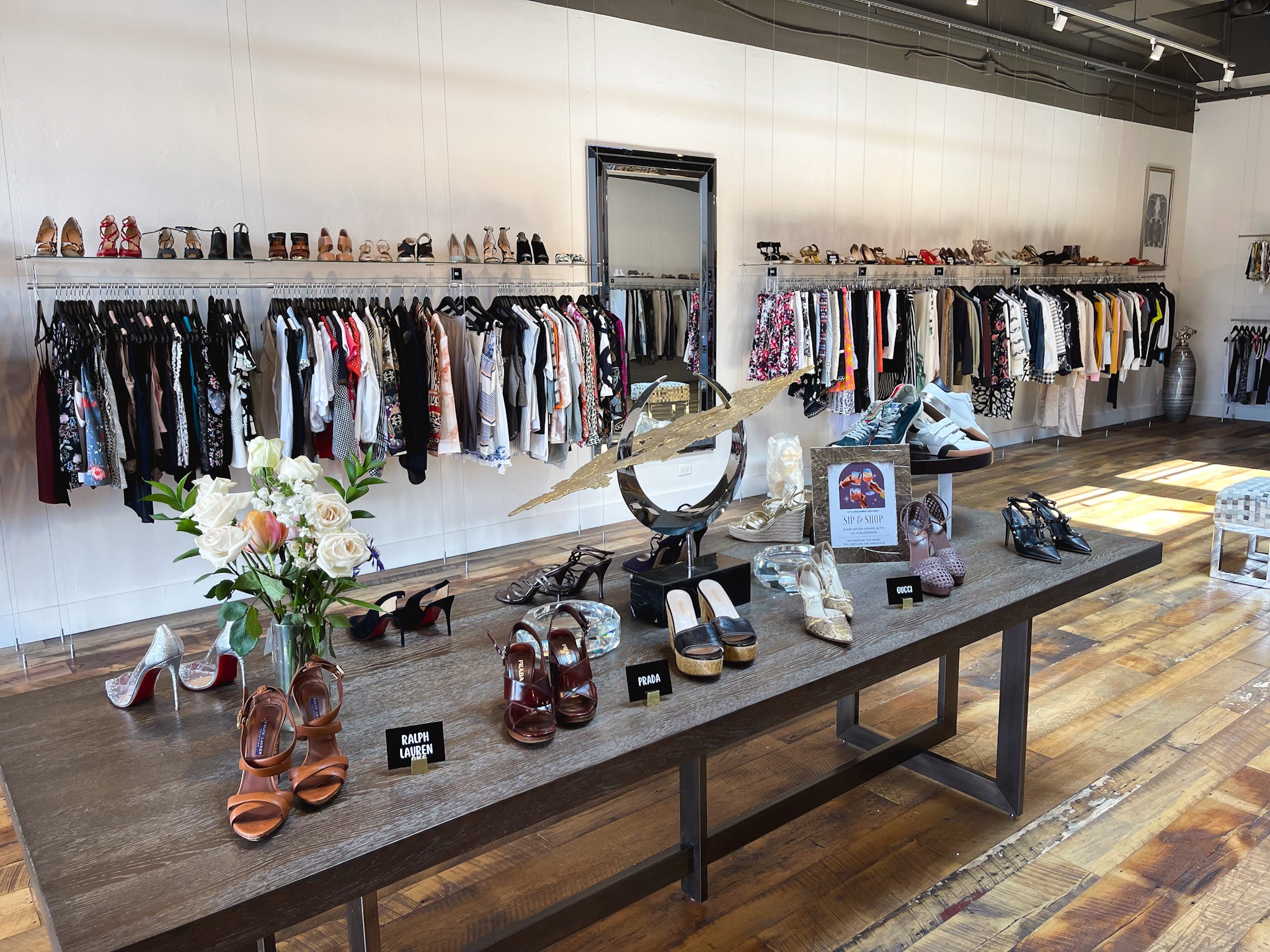Discovering the Evolution and Impact of Garments on Modern Style Trends
The advancement of clothing has substantially affected modern-day fashion trends, merging historical precedents with sophisticated technologies. Iconic figures like Coco Chanel and Yves Saint Laurent transformed the style market by presenting principles that focus on convenience and access, which proceed to reverberate today. Meanwhile, technological strides in areas such as 3D printing and smart fabrics are redefining layout opportunities and customer experiences. Furthermore, the growing emphasis on inclusivity and sustainability is reshaping sector standards. As we take into consideration these complex impacts, one need to wonder about just how these aspects collectively redefine style's duty in mirroring and forming contemporary culture.
Historical Fashion Influencers
In the tapestry of fashion background, certain numbers have left an indelible mark, forming the trends and styles that specify entire ages. Coco Chanel, a revolutionary designer, redefined females's fashion by introducing comfy, elegant clothes that left from restrictive corsets.
Elsa Schiaparelli is one more pivotal figure, renowned for her progressive layouts that incorporated surrealist art, working together with Salvador Dalí to develop whimsical pieces that tested standard looks. Her cutting-edge use of color and strong patterns resounds in modern fashion. Yves Saint Laurent, on the other hand, equalized haute couture with prêt-à-porter collections, bringing path styles to the masses and setting a precedent for contemporary ready-to-wear lines.
These dreamers, amongst others, not only transformed fashion in their times however likewise established sustaining fads that resonate in today's fashion business, providing a foundation upon which modern developers continue to build and introduce. Their traditions highlight the relevance of creative thinking and bold in style's ever-evolving story.
Technical Advancements in vogue
Among the dynamic landscape of the garment industry, technological developments stand at the forefront of development, improving how designers produce and customers involve with fashion. The combination of 3D printing has transformed design procedures, making it possible for developers to trying out complicated structures and sustainable materials that were formerly impossible. This innovation helps with rapid prototyping, reducing waste and expediting manufacturing times.

Smart fabrics, embedding innovation right into fabrics, are likewise changing the industry. Developments like temperature-regulating and self-cleaning fabrics use boosted functionality and comfort. Wearable modern technology, including features like physical fitness monitoring and interaction, includes a brand-new measurement to style, merging looks with usefulness.
Cultural Shifts and Style
As technological improvements remain to improve the apparel industry, cultural shifts are equally influential, redefining style and consumer choices. Over the last few years, the surge of social media sites systems has Source actually sped up the dissemination of global fashion trends, permitting varied social influences to assemble and exist together. This electronic interconnectivity has promoted the quick exchange of ideas, bring about an extra diverse and inclusive analysis of style that mirrors the multifaceted nature of modern society.
Cultural recognition and admiration have actually motivated developers to draw inspiration from a broader range of historical and ethnic contexts, incorporating conventional motifs with modern looks. This combination has caused fashion that reverberates with a broader audience, advertising a sense of identification and belonging across different demographics. Furthermore, the enhancing need for personalization has actually driven brands to offer personalized options, making it possible for consumers to share uniqueness while mirroring their cultural heritage.
In addition, moving social values have actually impacted style, with inclusivity and diversity ending up being central styles. The sector has started to embrace designs and influencers of numerous body types, ethnic cultures, and gender identifications, challenging traditional elegance standards. This makeover underscores the power of cultural changes fit the future of fashion, as design becomes a much more genuine expression of individual and collective identity.
Sustainability and Modern Design
While the garment industry continues to progress, the essential for sustainability has actually come to be increasingly urgent, influencing contemporary layout practices. This shift aims to attend to ecological concerns and ethical considerations, resulting in a reevaluation of standard manufacturing approaches. Developers are currently integrating sustainable products, such as organic cotton, recycled polyester, and biodegradable materials, into their collections, minimizing the environmental impact of style. The surge of slow-moving style, which stresses top quality over amount, urges customers to purchase classic items as opposed to short-term patterns.
Additionally, modern layout is characterized by its technology in reducing waste and advertising circularity. This technique not only alleviates environmental influence but additionally improves the social duty of fashion residences.
-a1f7b3f.jpg)
Future Trends in Fashion

Sustainability will certainly remain to be a driving pressure in shaping future style trends. The sector is increasingly taking on environment-friendly products and honest manufacturing techniques, reacting to a growing customer demand for accountable practices. Advancements such as bio-fabricated products Continue and closed-loop recycling systems are readied to redefine just how clothes is generated and consumed, minimizing ecological effect while keeping style and high quality.
Social shifts, including the surge of inclusivity and diversity, will likewise play a pivotal function. As culture comes to be much more knowledgeable about social issues, fashion is anticipated to come to be a platform for expression and change. Developers will likely concentrate on creating collections that show a more comprehensive series of experiences and identities, championing depiction and access.
Conclusion
The development of clothes considerably affects modern fashion fads, where historic impacts merge with contemporary designs. This recurring advancement highlights fashion's function as a mirror to societal values and technical innovation, recommending a future rich with development and inclusivity.
The evolution of apparel has actually substantially influenced modern style patterns, merging historic criteria with advanced innovations.Among the dynamic landscape of the fashion sector, technological advancements stand at the center of advancement, reshaping just how designers create and customers engage with style.While the fashion sector continues to evolve, the imperative for sustainability has actually become significantly urgent, affecting contemporary layout methods. As sustainability becomes ingrained in modern style, it paves the method for a more mindful and responsible fashion sector.
The development of apparel click here to read considerably influences contemporary style trends, where historic impacts merge with modern layouts.